 Exhibitions
Exhibitions
 Ancient art
Ancient art
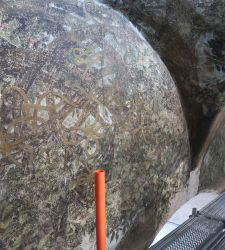 Ancient art
Ancient art
 Exhibitions
Exhibitions
 Exhibitions
Exhibitions
 Exhibitions
Exhibitions
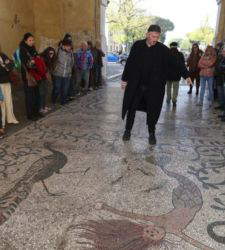 News
News

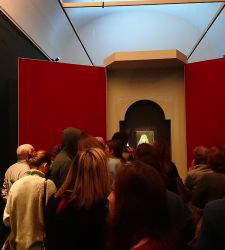 Exhibition reviews
Exhibition reviews
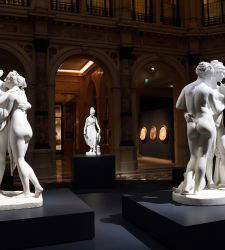 Exhibition reviews
Exhibition reviews
 Exhibition reviews
Exhibition reviews
 Exhibition reviews
Exhibition reviews
 Exhibition reviews
Exhibition reviews
 Exhibition reviews
Exhibition reviews

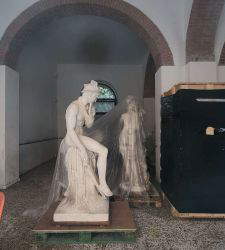 Opinions
Opinions
 Opinions
Opinions